Aloe/Succulent nutrition question!
cMouser
11 years ago
Related Stories
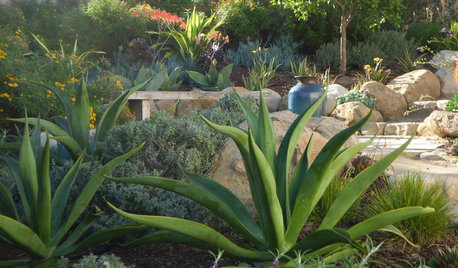
GARDENING GUIDESDecorate the Landscape With Versatile Agave
Beautiful, succulent leaves reach toward the sky, adding texture and beauty to the drought-tolerant landscape
Full Story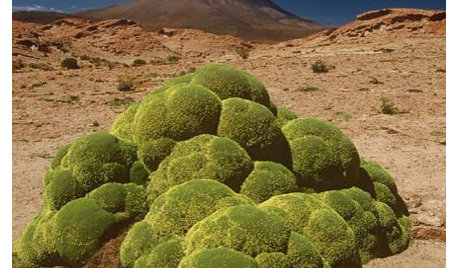
LANDSCAPE DESIGNLet Nature Inspire Your Landscape: Devise a Desert Garden
Looking for the ultimate low-maintenance plant picks? Nature is way ahead of you
Full Story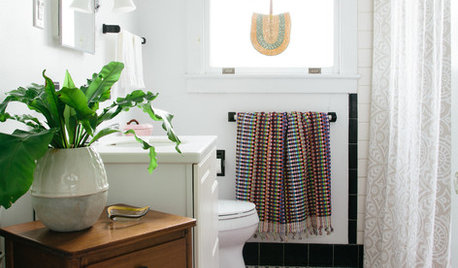
CONTAINER GARDENSFreshen Up the Bath With Lush and Healthy Plants
Learn how to choose and care for plants that will do well in your space
Full Story
HOUSEPLANTS10 Top Plants to Grow Indoors
Brighten a room and clean the air with a houseplant that cascades artfully, stretches toward the ceiling or looks great on a wall
Full Story
HOUSEPLANTS8 Essentials for Healthy Indoor Plants
Houseplants add so much to our homes — and can thrive when grown in the right conditions. Keep these tips in mind
Full Story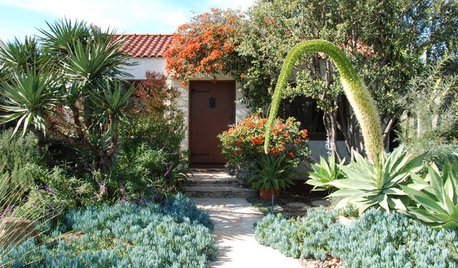
MY HOUZZMy Houzz: Early-California Style for a 1920s Home and Garden
Native plantings and flea market treasures fill the cozy live-work space of a Southern California landscape designer
Full Story
LANDSCAPE DESIGNGet Along With Less Lawn — Ideas to Save Water and Effort
Ditch the mower and lower your water bill while creating a feast for the eyes with diverse plantings and gathering places
Full Story
INSPIRING GARDENSNative Plants Bring 10 Southern California Front-Yard Gardens to Life
Rare plants, rain gardens and wildlife habitats are just a few of the features showcased on the 2016 Theodore Payne Native Plant Garden Tour
Full Story
EDIBLE GARDENSNatural Ways to Get Rid of Weeds in Your Garden
Use these techniques to help prevent the spread of weeds and to learn about your soil
Full Story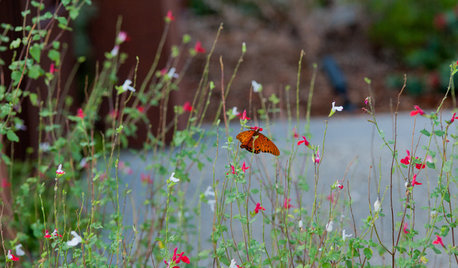
EARTH DAYCreate a Container Wildlife Habitat for Hummingbirds and Butterflies
Don’t let limited space prevent you from welcoming wildlife into your garden
Full Story


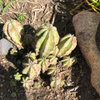



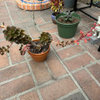
cactusmcharris, interior BC Z4/5
xerophyte NYC
Related Discussions
aloe brevifolia (?) question regarding transplant / roots
Q
Aloe potting medium question
Q
Succulent Ids and questions
Q
Help for my succulent and aloe plants
Q
lzrddr
ChemGardner
cMouserOriginal Author
cMouserOriginal Author
cactusmcharris, interior BC Z4/5
User
lzrddr
cMouserOriginal Author
xerophyte NYC
wantonamara Z8 CenTex
greenman28 NorCal 7b/8a
ChemGardner
User
cMouserOriginal Author
cactusmcharris, interior BC Z4/5
cMouserOriginal Author
ChemGardner
xerophyte NYC
cactusmcharris, interior BC Z4/5
cMouserOriginal Author
ChemGardner
cMouserOriginal Author
cMouserOriginal Author
cMouserOriginal Author
cactusmcharris, interior BC Z4/5
cMouserOriginal Author